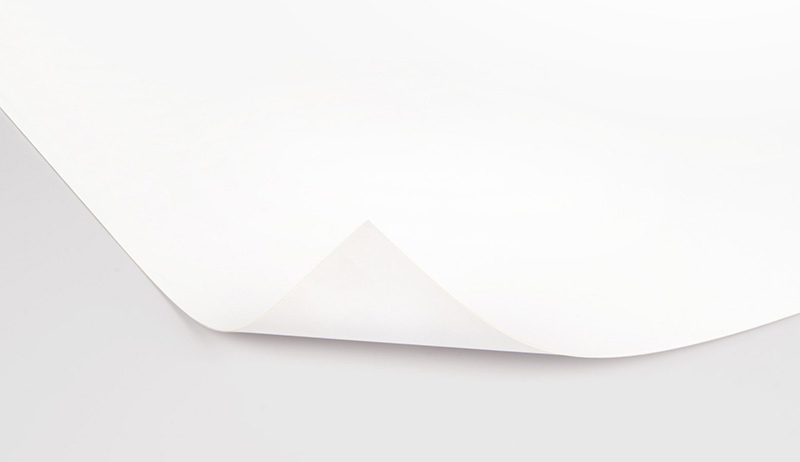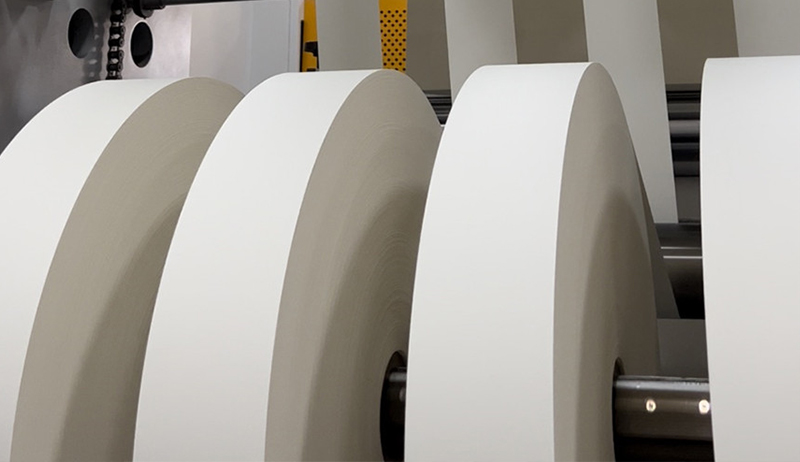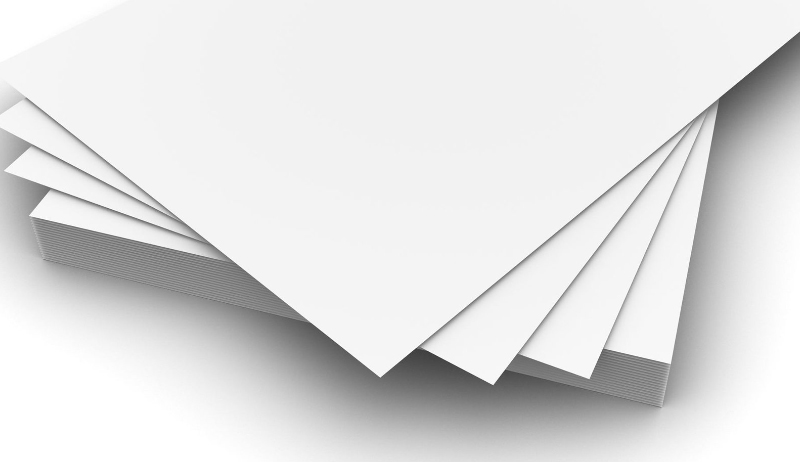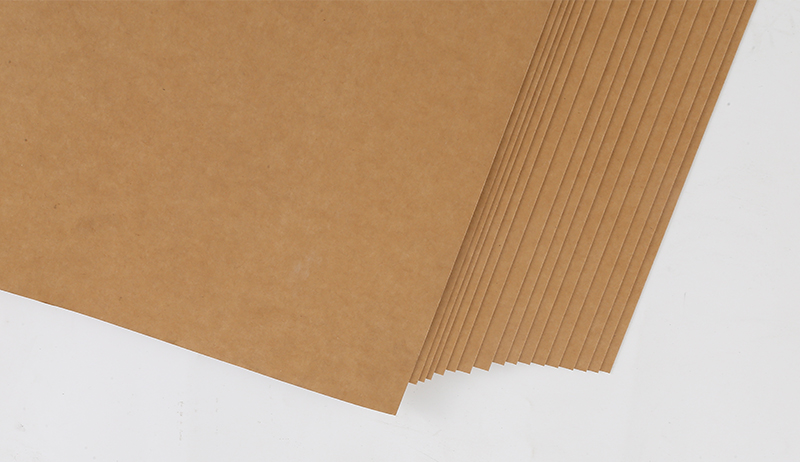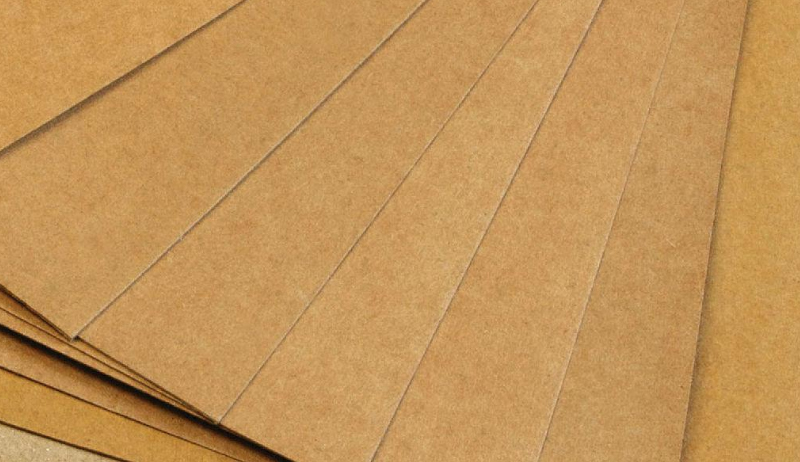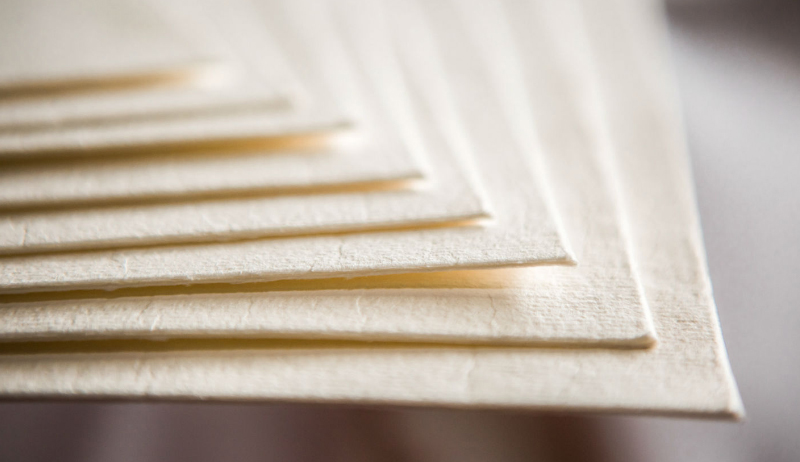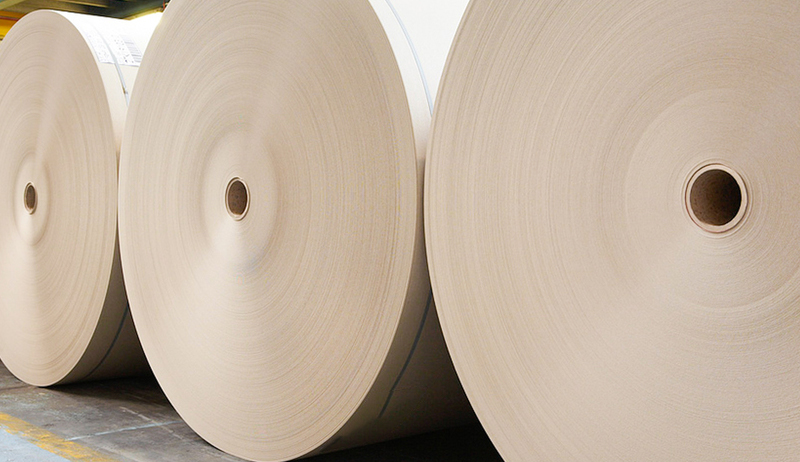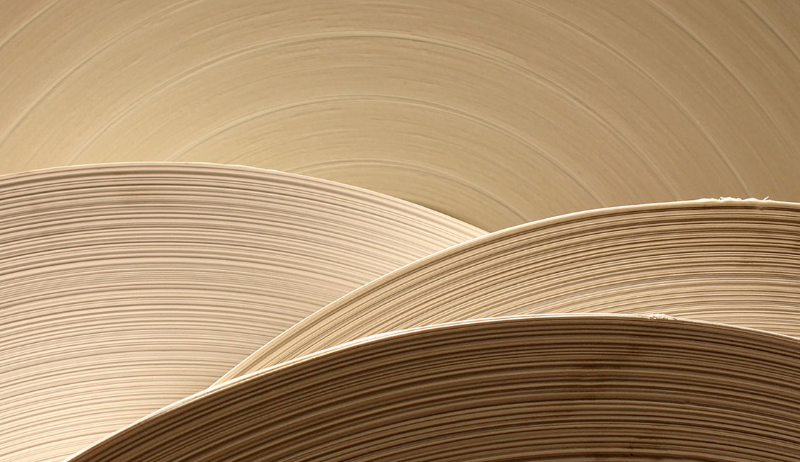When Kraft Paper Meets PLA: How Is a Green Packaging Material Forged?
A Sustainable Answer to a Modern Dilemma
In the whirlwind of modern life, the convenience of disposable products has become an ingrained habit. However, this ease has come at a steep environmental cost, most notably the pervasive issue of “white pollution” caused by single-use items containing traditional plastic coatings. These materials, while effective at resisting water and grease, are non-biodegradable, placing immense strain on our ecosystems. It is this pressing environmental challenge that has propelled the development of sustainable alternatives. In this context, PLA-coated kraft paper has emerged as a promising solution. By ingeniously combining the biodegradable qualities of polylactic acid (PLA) with the renewable and recyclable nature of kraft paper, it offers a tangible path forward. This innovative material not only represents a technological leap but also an active exploration of a more sustainable lifestyle for the future.
Beyond the Surface: The True “Green” of PLA Coating
Polylactic acid (PLA), a biopolymer derived from renewable plant resources like corn and cassava, is fundamentally defined by its biodegradability. When applied as a thin coating to the robust surface of kraft paper, it bestows crucial water and oil resistance without sacrificing its inherent capacity to naturally break down. The lamination process itself can be tailored to specific needs, including single-sided or double-sided coating. Single-sided coated paper is typically used for containers like cups and food boxes, where the primary function is to prevent liquid or grease from permeating the paper. In contrast, double-sided coating provides comprehensive protection, making it ideal for packaging that needs to hold hot or oily foods while ensuring both product integrity and hygiene. This dual-option approach showcases the material’s versatility, precisely meeting the unique demands of various applications and proving that “green” is not just a marketing buzzword but an integral part of the product’s design.

From Rolls to Finished Goods: Flexible and Diverse Processing Formats
Another significant advantage of PLA-coated kraft paper lies in its diverse processing formats, which can accommodate everything from large-scale factories to small-scale workshops. It can be supplied as roll stock, which is perfect for high-speed, automated printing and forming equipment. Alternatively, it can be cut into flat sheets, or pieces, catering to manual or semi-automated production lines that handle customized, small-batch orders. For the manufacturing of round containers like paper cups and bowls, pre-cut fan pieces are available, which significantly streamline the final forming process, boost production efficiency, and minimize material waste. This comprehensive coverage, from raw material supply to various final product forms, allows PLA-coated kraft paper to seamlessly integrate into existing production chains without the need for extensive equipment upgrades. This flexibility substantially lowers the barrier for companies to transition to eco-friendly materials, thereby accelerating its adoption across the market.
The Performance Test: Why It’s Becoming a Packaging Favorite
The success of PLA-coated kraft paper as a new packaging material is deeply rooted in its outstanding performance. First and foremost, its water and oil resistance is its most critical feature, effectively preventing moisture and grease from softening the paper and causing leaks, thus maintaining the package’s structural integrity and aesthetic appeal. Furthermore, it boasts excellent heat and cold resistance, capable of withstanding the temperature fluctuations of everything from hot beverages to frozen foods, which broadens its application potential in the food and beverage industry. Crucially, the PLA coating itself is a food-grade material, non-toxic, and free from harmful substances like fluorescent whitening agents. This ensures it is safe for direct contact with food, complying with stringent food safety standards. These superior physical and chemical properties collectively contribute to the robust appeal of PLA-coated kraft paper, establishing it as a formidable new force in the food packaging sector.
The Path Forward: Broad Horizons for PLA-Coated Paper
As global environmental awareness intensifies and regulations become more stringent, the market potential for PLA-coated kraft paper is rapidly expanding. It is no longer confined to traditional food service packaging such as cups, boxes, and takeout bags. Its applications are steadily extending into various fields, including retail and industrial packaging. In the retail sector, it can be used for eco-friendly shopping bags or as a liner for gift boxes. In industrial applications, it can package non-food items that require moisture protection. Moreover, as biodegradable technology and material costs continue to optimize, the competitiveness of PLA-coated kraft paper will only increase. It is poised to replace more traditional plastic packaging in the future, becoming a vital force in driving the circular economy and promoting green consumption. This material represents not just a product, but a responsible attitude towards the environment and a beautiful vision for a sustainable future.


 English
English Español
Español

